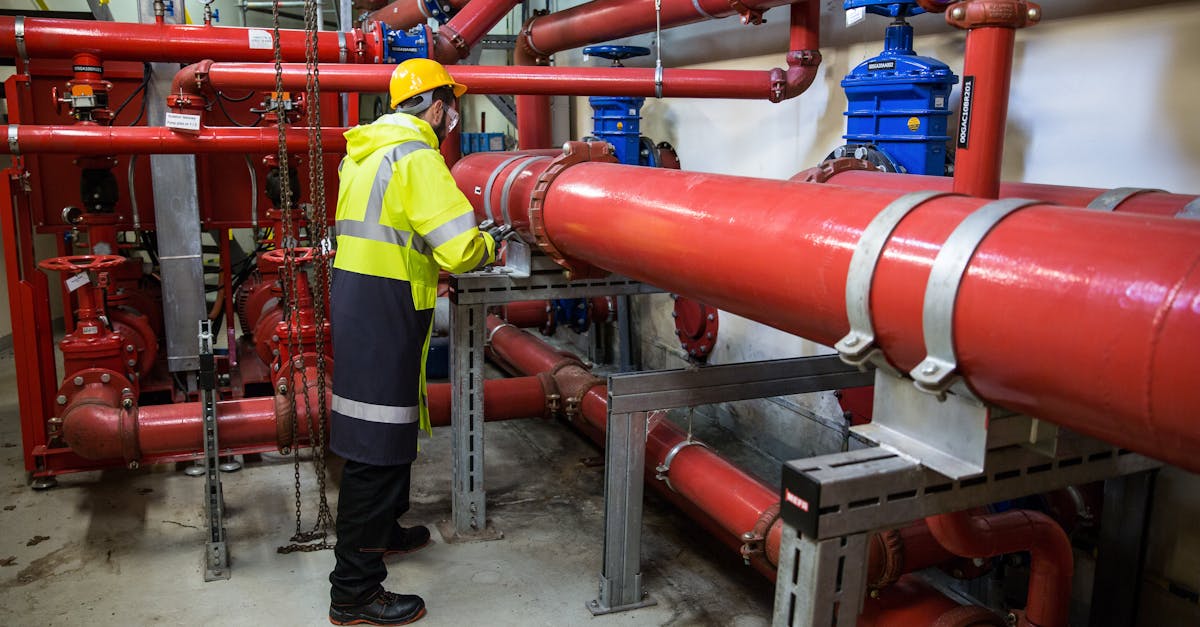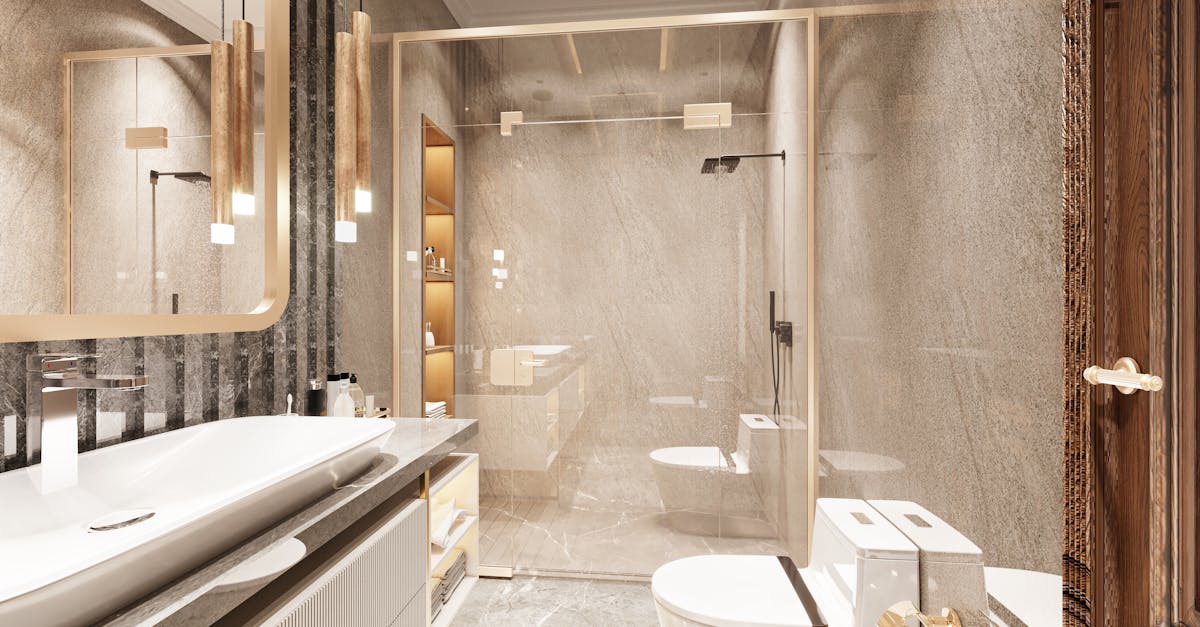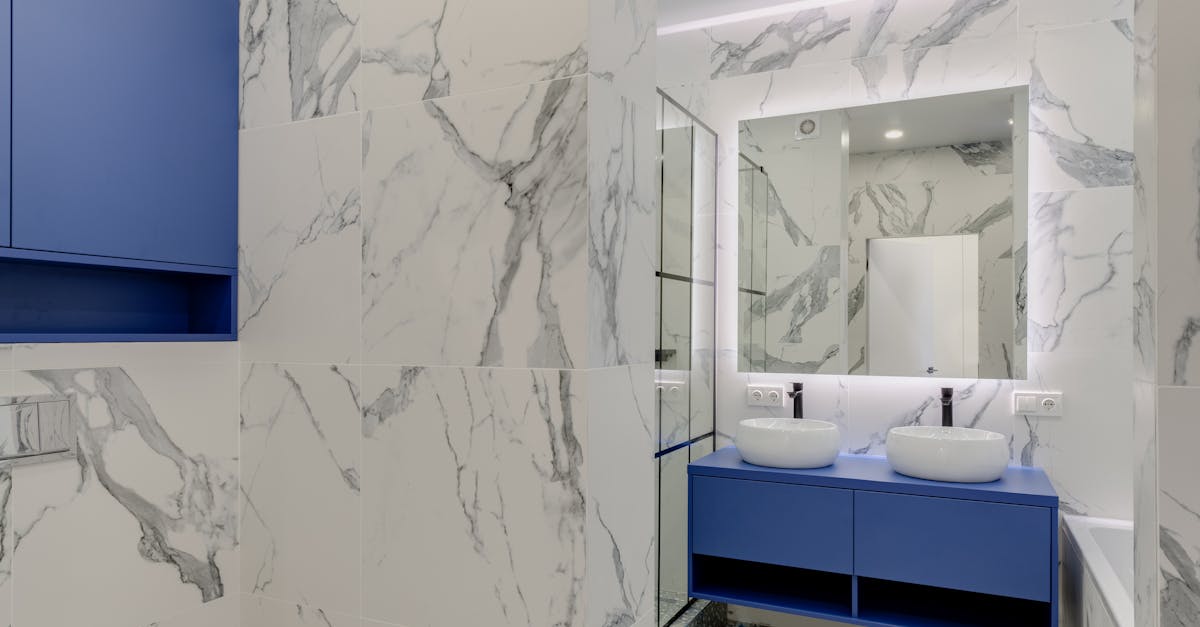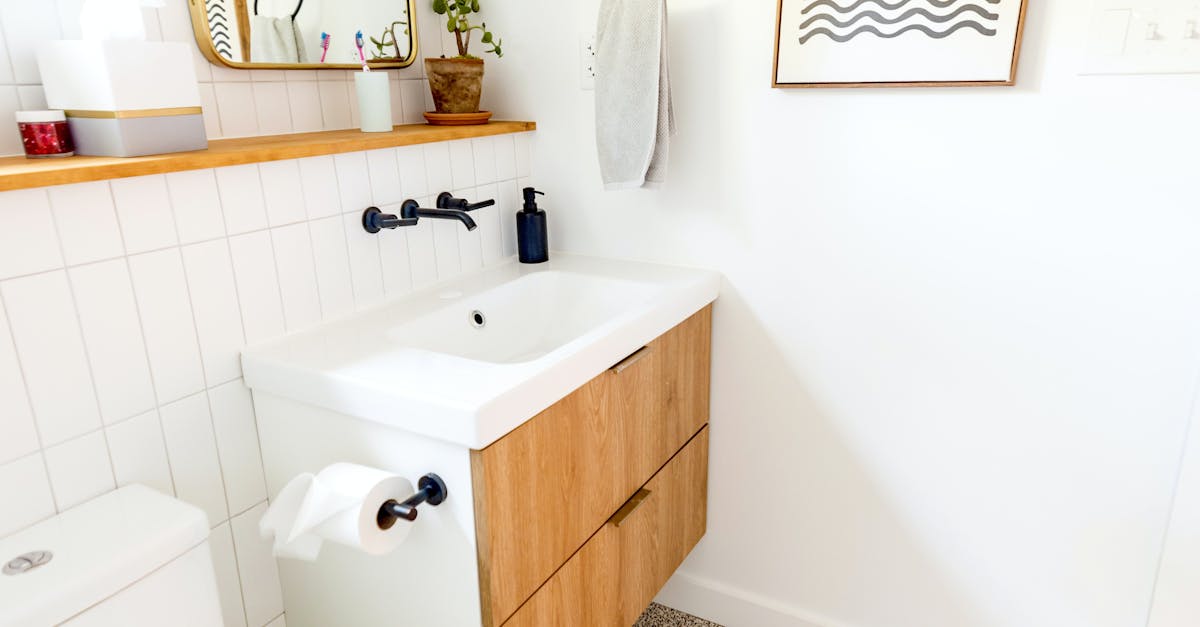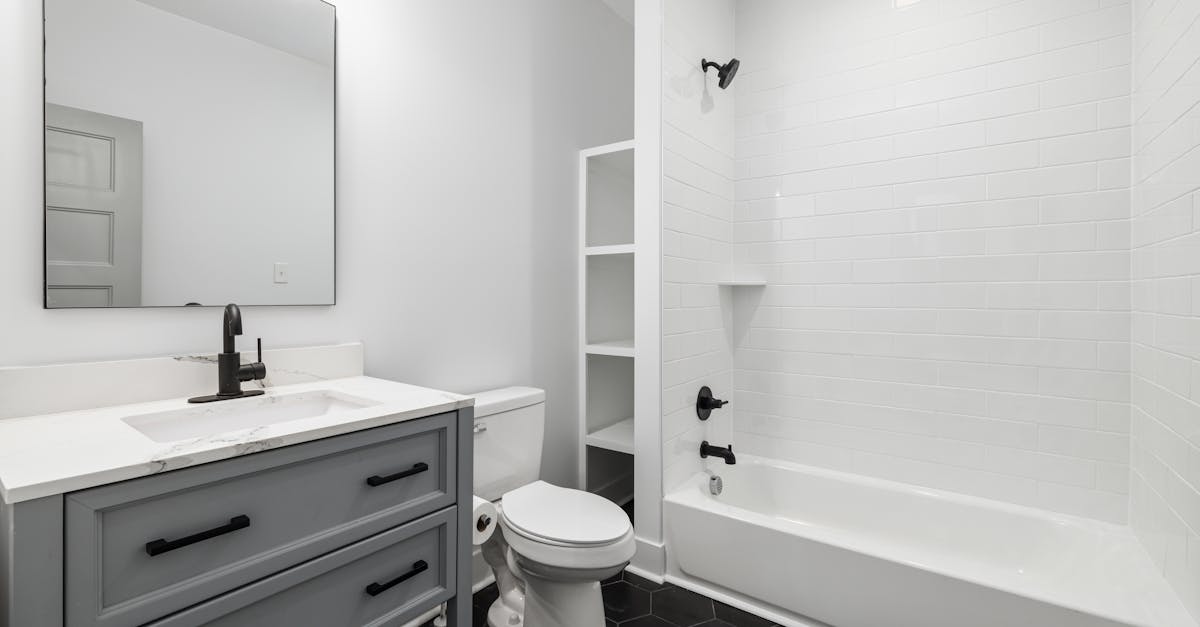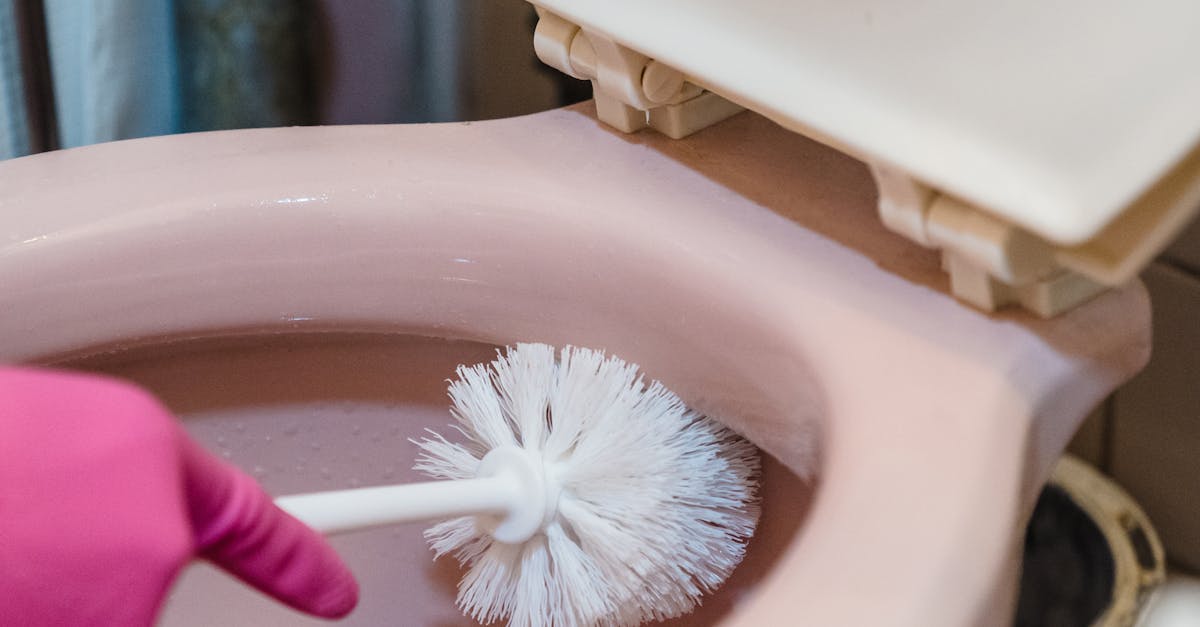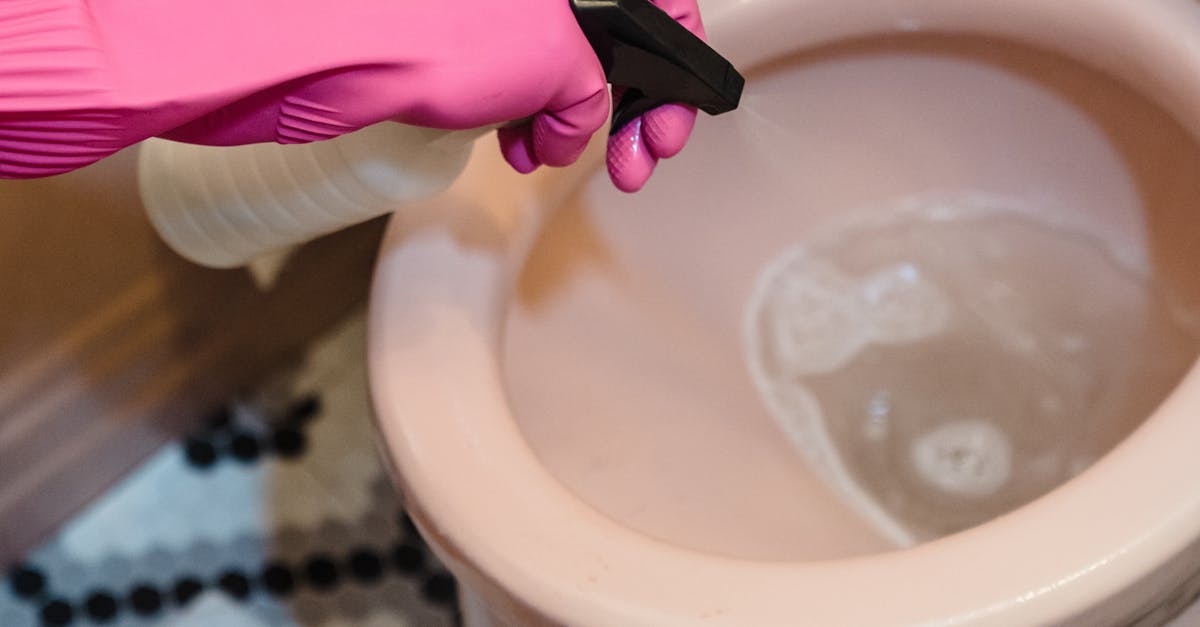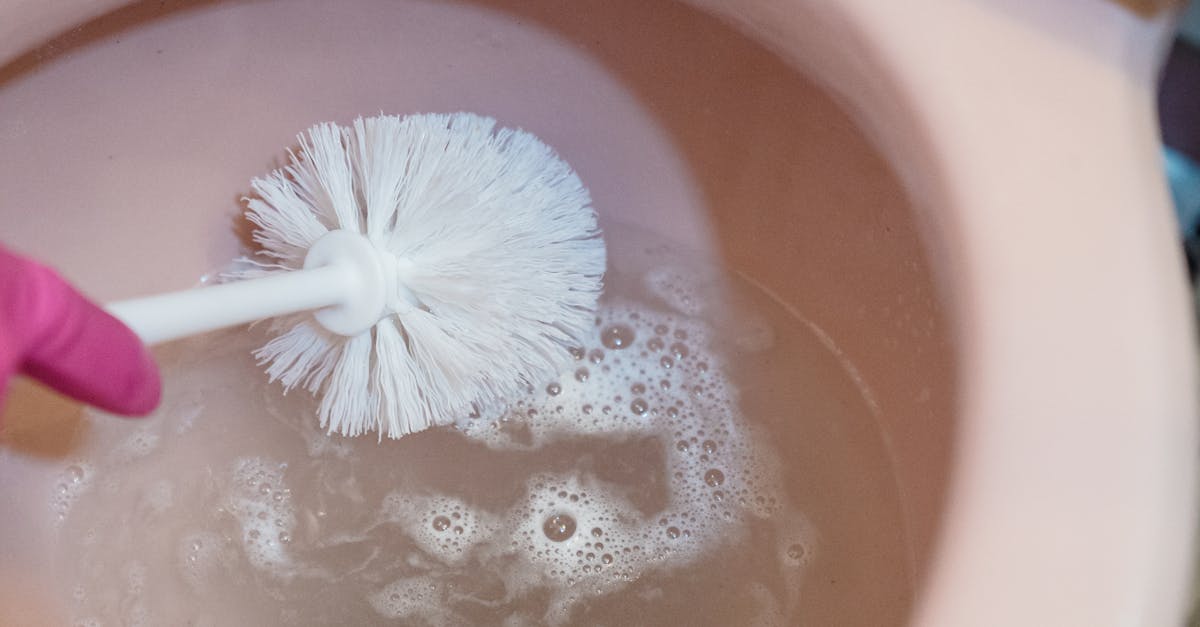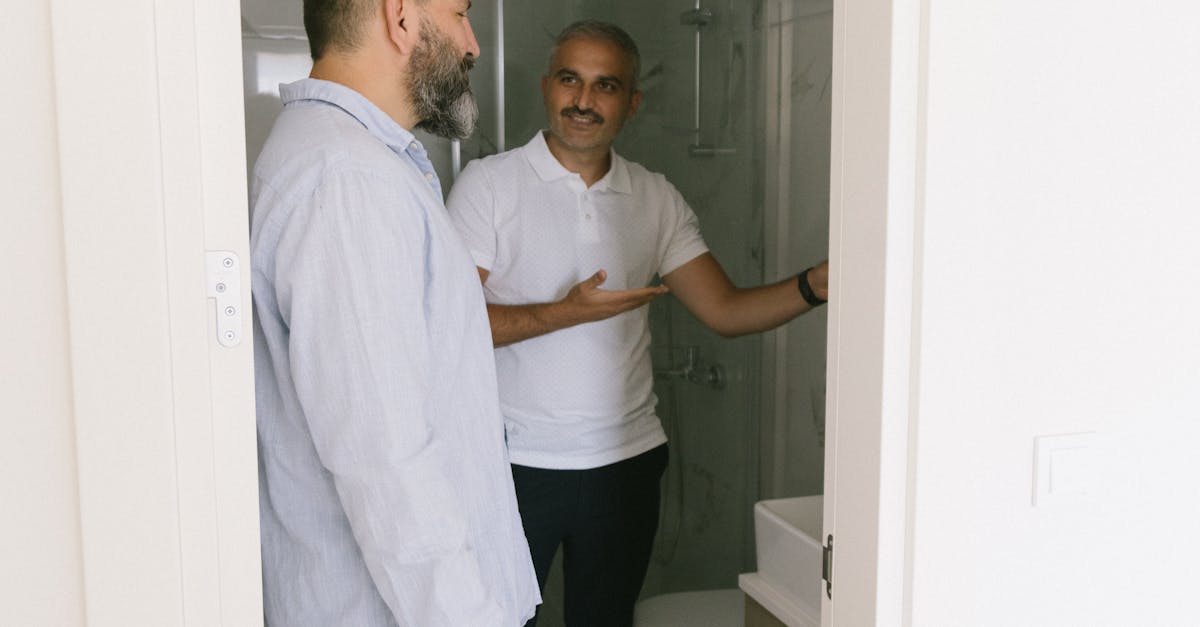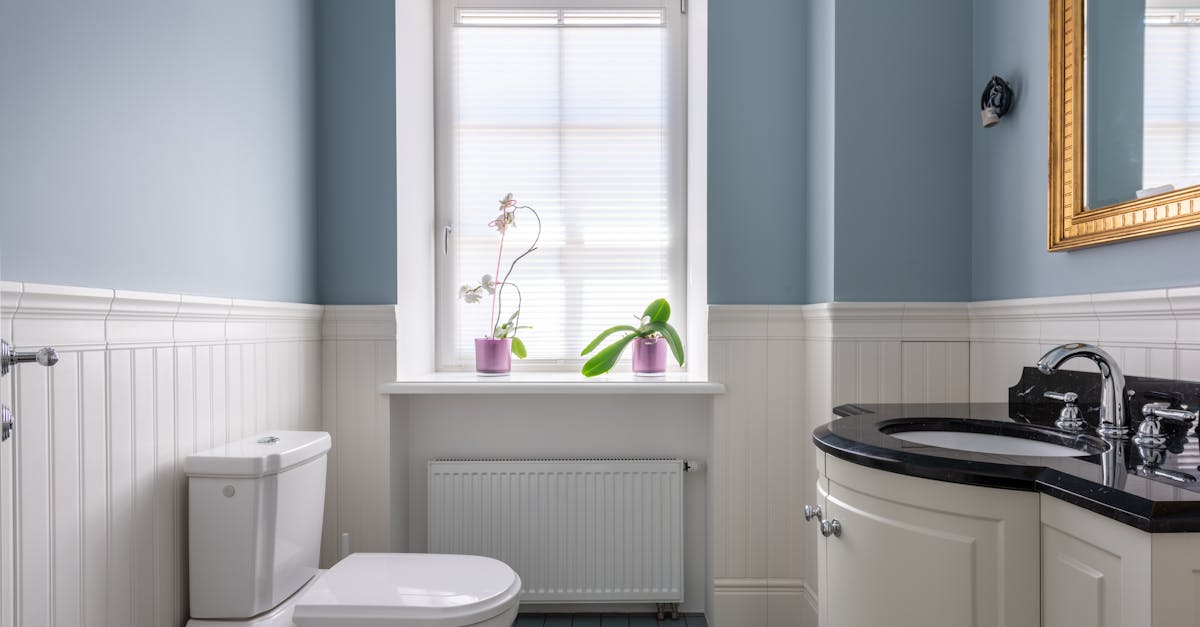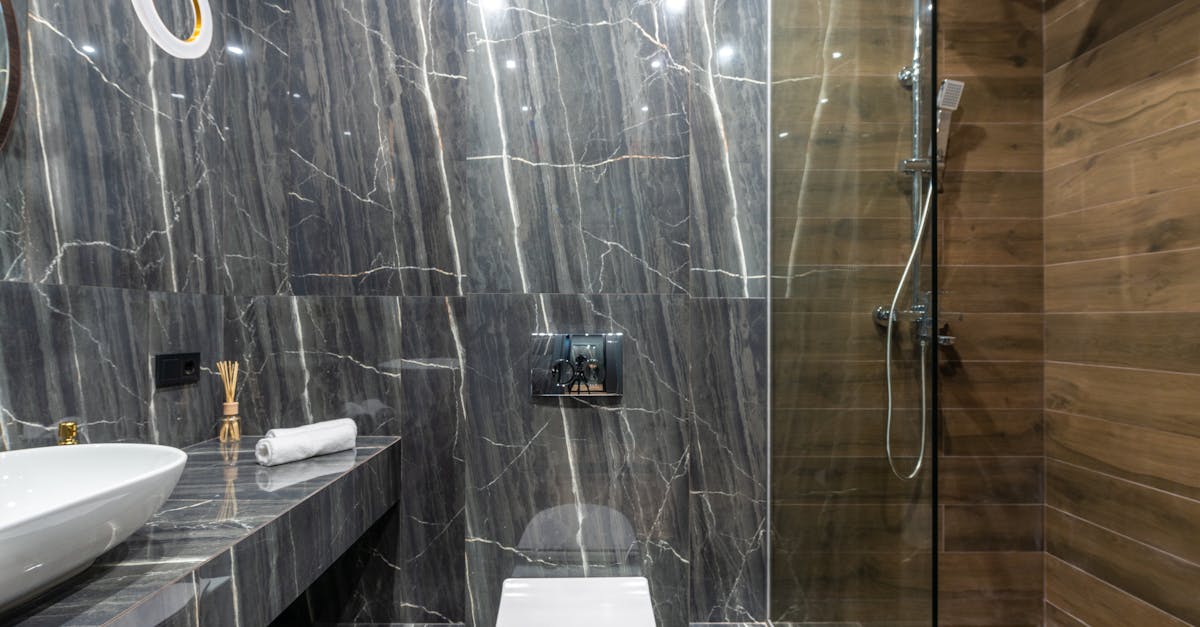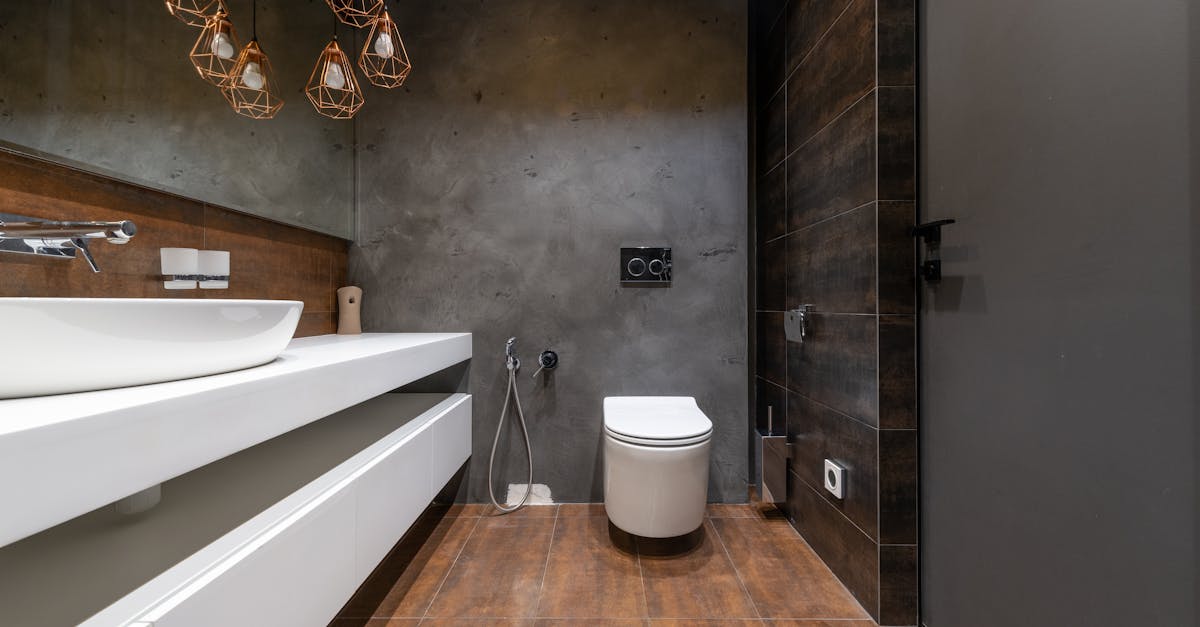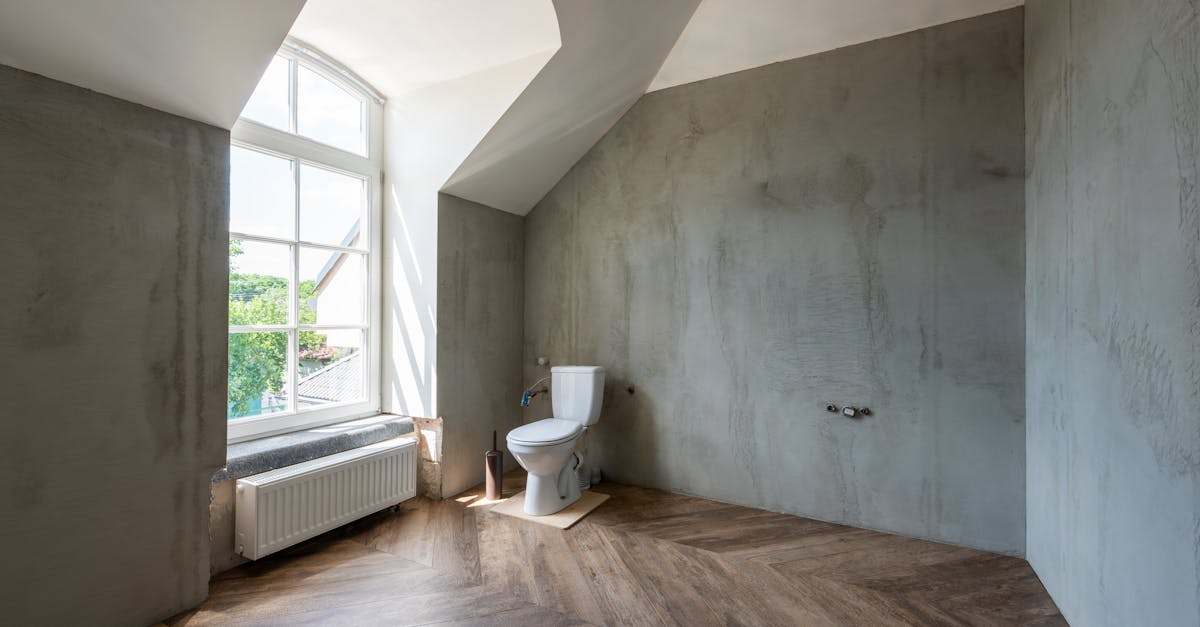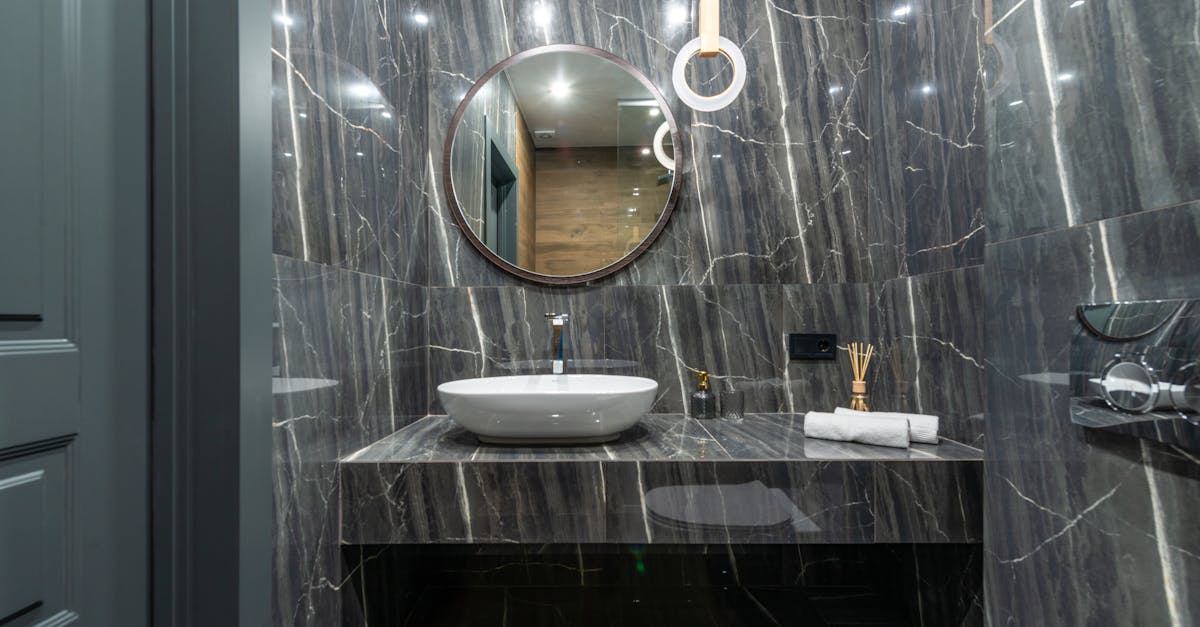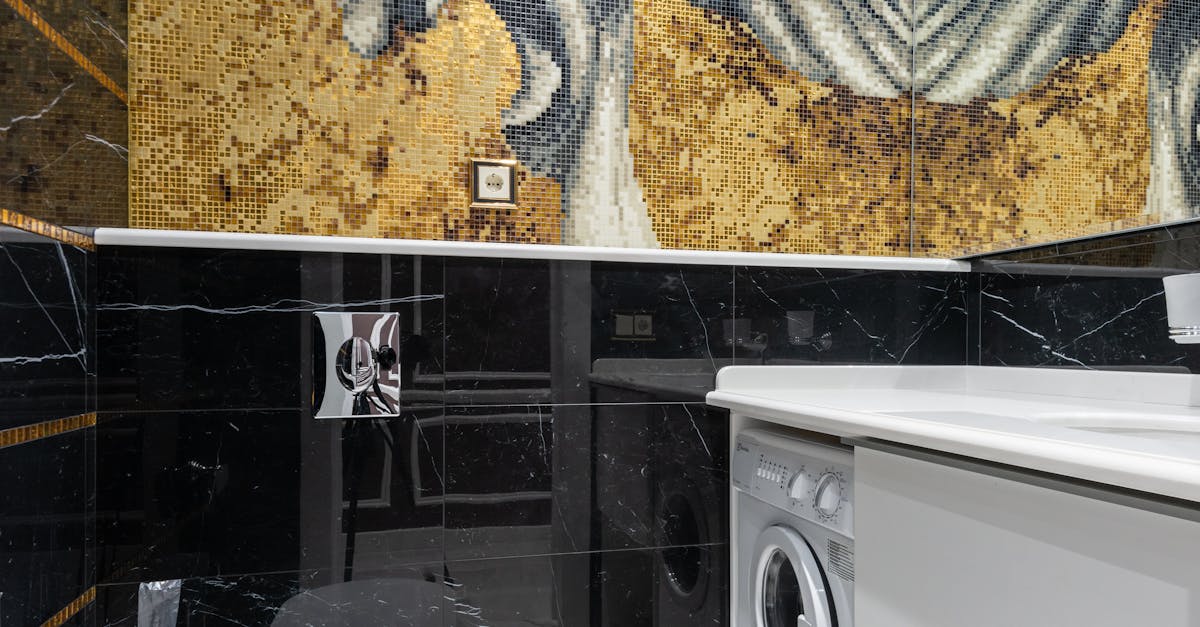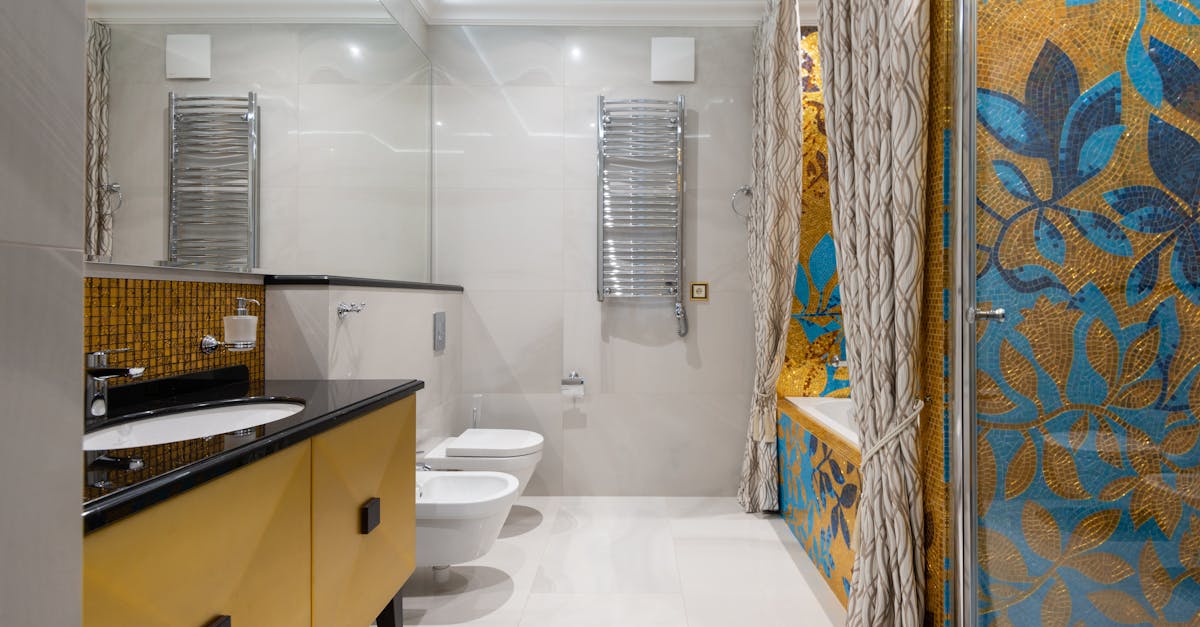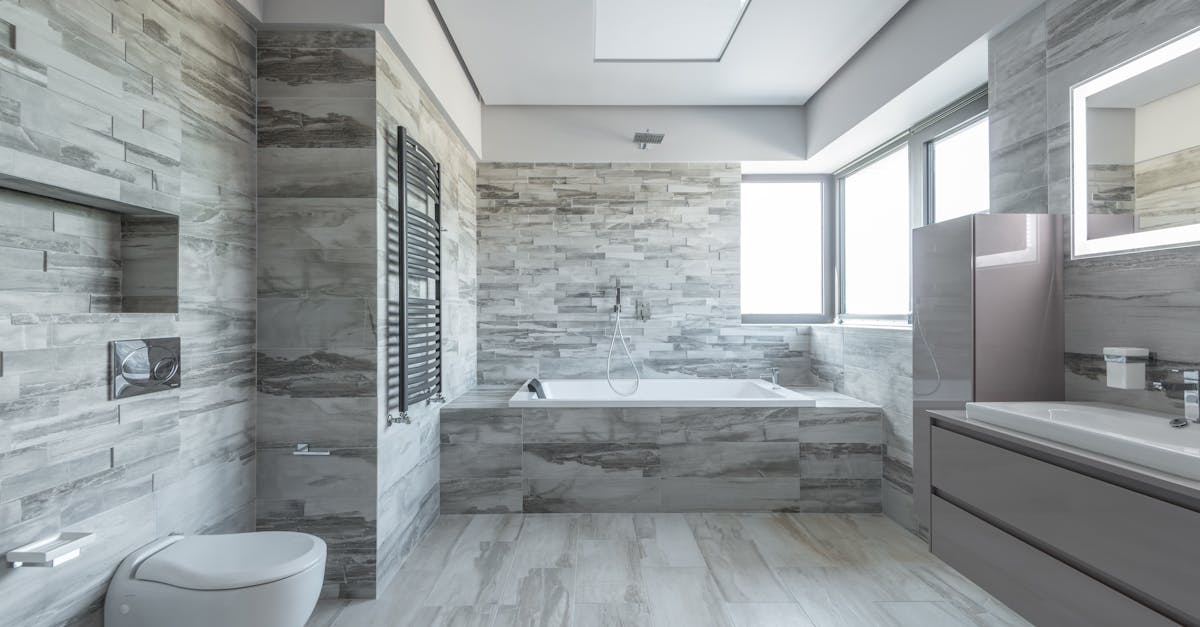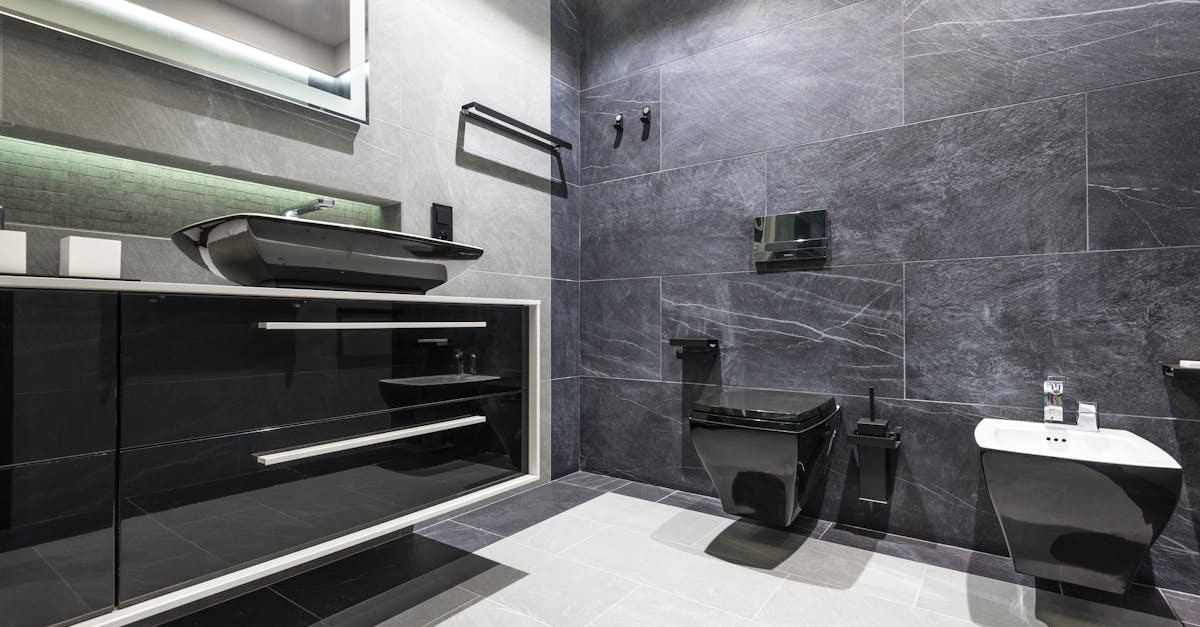
Table Of Contents
Dealing with Running Toilets
Running toilets are one of the most common issues faced by homeowners, causing both annoyance and increased water bills. This problem often stems from a faulty flapper valve or a worn-out fill valve. When the flapper does not close properly, water continuously leaks from the tank into the bowl. This results in the toilet running intermittently as it tries to refill the tank.
Identifying the source of the issue is crucial for effective toilet repairs. A simple way to check for leaks is to add a few drops of food colouring to the tank water. If the colour appears in the bowl after a while, the flapper likely needs replacing. Regular inspection of the other components, such as the float and the fill valve, can help prevent this problem from escalating, saving both time and money in the long run.
Common Causes and Solutions
Running toilets are a frequent issue that many homeowners encounter. The most common causes include a faulty flapper valve, an improperly adjusted float, or a worn-out fill valve. A malfunctioning flapper can prevent a complete seal, resulting in water continuously flowing from the tank into the bowl. If the float is set too high, water may overflow into the overflow tube, creating a persistent running sound. Identifying these problems early can help prevent minor issues from escalating into significant toilet repairs.
Several straightforward solutions can resolve running toilet problems. Replacing a worn flapper valve is often an easy DIY task, requiring only a new valve and a few tools. Adjusting the float height may also suffice, ensuring that the water level remains below the overflow tube. In cases where the fill valve is faulty, a complete replacement is usually necessary. Understanding these common causes and solutions can empower homeowners to tackle routine toilet repairs with confidence.
Fixing Clogs Effectively
Clogs present a common challenge for many households. They can disrupt daily routines and lead to further complications if not addressed promptly. A plunger is often the first tool of choice, thanks to its effectiveness in dislodging most blockages. Ensure you use a flange plunger, as it provides a better seal and improved suction for toilets compared to standard cup plungers.
If plunging fails to resolve the issue, a toilet auger may be necessary. This specialised tool reaches deeper clogs that obstruct regular plunging. In cases where physical intervention does not work, consider using enzyme-based drain cleaners, which can break down organic waste safely. Regular maintenance can help prevent future clogs, reducing the need for toilet repairs.
Techniques for Unblocking Toilets
Unblocking toilets can often be a straightforward process with the right techniques. A plunger remains one of the most effective tools for this task. It’s essential to use a flange plunger, designed specifically for toilets, as it creates a better seal. Begin by ensuring there is enough water in the bowl to cover the rubber part of the plunger. Then, using a firm, rapid push-and-pull motion, create suction to dislodge the blockage. If this method fails, a toilet auger, or snake, can serve as a handy alternative. Inserting the auger into the drain and twisting it while pushing can help break up stubborn clogs.
Additionally, other techniques can assist in restoring proper flow. Hot water may help dissolve some materials causing blockages. Simply boiling water and then slowly pouring it into the bowl can sometimes clear the obstruction without causing damage. For more challenging clogs, a mixture of baking soda and vinegar can provide a natural solution. Pouring down the baking soda followed by vinegar causes a chemical reaction that can break apart the blockage. Regular maintenance and their associated toilet repairs can significantly reduce the likelihood of encountering persistent clogs in the future.
Maintaining Your Toilet System
Regular maintenance of your toilet system can prevent many common issues that lead to costly toilet repairs. One essential practice is to check and replace worn components like flappers and tank balls, as these parts can wear out over time and cause leaks. Ensuring that the water level in the tank is set correctly can also help maintain efficiency. Cleaning around the base of the toilet and inspecting for signs of moisture or deterioration contributes to a longer lifespan for your toilet.
Another important aspect of toilet maintenance is to inspect the supply line for any kinks or signs of wear. A little attention to these details can avert major plumbing disasters. Periodically cleaning the bowl with appropriate cleaners not only keeps it hygienic but also prevents mineral build-up that may lead to clogs and more serious toilet repairs down the line. By incorporating these practices into your routine, you can ensure your toilet operates smoothly and remains in good condition for years to come.
Tips for Longlasting Performance
Regular maintenance is crucial for ensuring the longevity of your toilet system. Simple tasks such as checking for leaks, inspecting the flush mechanism, and cleaning the toilet bowl can prevent minor issues from escalating into costly toilet repairs. Additionally, it is essential to keep the area around the toilet clean and free from debris. This not only enhances the functionality of your toilet but also contributes to the overall hygiene of your bathroom.
Using the right cleaning products is equally important in maintaining your toilet. Harsh chemicals can deteriorate components like rubber seals and the flushing mechanism, leading to more frequent toilet repairs over time. Opt for gentle, eco-friendly cleaners specifically designed for toilet systems. Regularly check and replace worn out parts, such as the flapper and fill valve, to stave off potential problems and ensure smooth operation.
FAQS
What is the most common toilet repair?
The most common toilet repair is fixing a running toilet, which often results from issues with the flapper, fill valve, or float mechanism.
How can I tell if my toilet is running?
You can tell if your toilet is running by listening for a constant hissing sound or by checking for water continuously flowing into the bowl.
What are some common causes of a running toilet?
Common causes of a running toilet include a worn-out flapper, improper float height, or a malfunctioning fill valve.
How can I fix a clogged toilet?
To fix a clogged toilet, you can use a plunger or a toilet auger to break up the blockage, or try using a mixture of baking soda and vinegar for less severe clogs.
What maintenance tips can help prevent toilet issues?
Regularly check and replace worn parts, avoid flushing non-disposable items, and keep the toilet clean to help prevent issues and ensure long-lasting performance.
